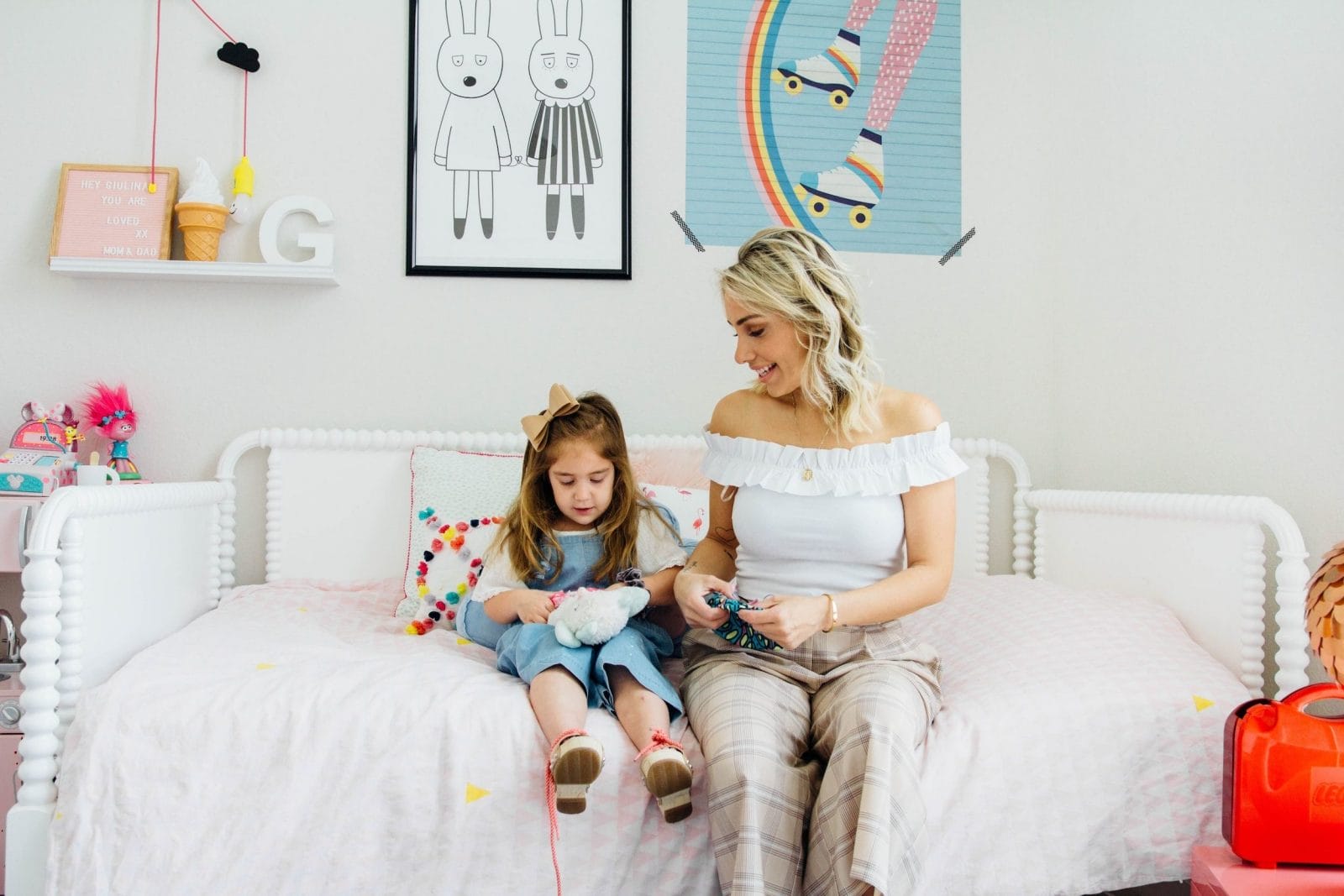How I learned to discipline my kids without shame or punishment

It takes practice, but it's worth it.
His day started with three smiley faces. Taped to the wall of our playroom was my son’s behavior chart, and every day I measured his worth with three hanging smiley faces. I know that sounds like a dramatic way to word what was happening, but our children do look to us as they form their self-concept and sense of self-worth. So, for him, each smiley face that disappeared told him he wasn’t good.
You’re bad. You’re naughty. You’re wrong. You’re not enough.
It was a simple system. On the chart hung three cards. One side of each card had a smiley face. The opposite side had a sad face. Each time he broke a rule or committed some act that I deemed a transgression, one smiley face got flipped. If all three got flipped, he was isolated to a little green chair at the end of the hallway for time-out.
I told myself I was being fair. I told myself that this was “positive discipline” because I wasn’t using physical punishment. I told myself that it was simply a visual reminder to him that he needed to control his behavior.
I convinced myself it was helpful to him. So, there it hung—a constant reminder to him of his inadequacy because, let’s be honest, 3-year-olds don’t behave perfectly, and so he never kept three smiley faces.
I feel sad now when I think about the methods I used to gain control and compliance. I didn’t use them for long because I quickly saw how such methods hurt his heart and damaged his sense of self.
I wonder now what my own chart would have looked like. If someone was measuring my ability and worth as a mother, wife, and human being—flipping a card every time I huffed, every time my patience wore thin, every time I ate a cookie before dinner or skipped my cardio for the day.
I wonder how quickly I would feel defeated? How many cards would it take before I felt like a total failure? If, day after day, my own behavior was held up to the same light before my peers and colleagues, how long would I be able to shine?
Each of us looks to our family and friends for approval, acceptance and validation. At 40, I may seek it less than my children, but acceptance and belonging will always be human needs. For young children who are still developing their self-concept, our approval of them has a big impact. Shame, isolation and punishments are popular parenting tools, but they are dripping with disapproval.
You’re probably thinking “we should disapprove of certain behaviors!” Yes, that’s true, but where is the line drawn between disapproving of the behavior and disapproving of the child? The line may be clear to us, but I’m afraid it’s quite blurred for our children.
We must take great care with a child’s developing sense of self because they will behave in a way that is true to that self-concept. If we lead them to believe they are bad, why should we expect them to be good?
Of course, there are many contributors to a child’s beliefs about themselves. Their environment, peers, teachers, coaches, etc. all play a role. But don’t underestimate the power parents hold as the primary attachment figures. Parents are the first one to hold the pen and write the beginning of their life story. May we all remember to choose our words carefully.
How to correct without shame and punishment
I had to learn many years ago how to show disapproval of a behavior or choice without disapproving of the child, and this takes practice. I had to shift how I viewed behavior—learning to see positive intent (seeking connection, trying to get a need met, asking for help) rather than negative intent (trying to get attention, trying to manipulate parents, selfishness, stinginess).
I knew that my assumptions would determine my words and goals, so I worked at seeing the good in my child—even when his behavior was not so good. This automatically softened my words and helped me to deal with the situation calmly.
After changing my perspective, I changed my words. I was careful about the language I chose and tried to shine a light on my positive beliefs about my child. This is how I conveyed that the behavior might be wrong but he was still good. It’s the difference between, “I know you didn’t mean to hurt your brother” and, “How could you be so mean?”
By choosing to be a light reflector, I hoped my kid would get the message that he was more than a bad decision or a grumpy attitude—just as you and I are more than our mistakes.
Then I ditched punishment for problem-solving. I tried to discern why he was behaving how he was, and what I often found didn’t make me want to punish him, it made me want to comfort him. My sweet 3-year-old wasn’t defiant—he was adjusting to life with a new baby brother and a whole host of big emotions that his immature brain couldn’t sort out just yet.
For example, getting up from the time-out chair before his three minutes were up wasn’t an act of rebellion, it was a plea for connection. When I finally understood that, I gave him connection instead of a time-out, and his behavior improved.
When the need is met or the hurt is healed, children do better.
I threw my children’s behavior charts out nearly a decade ago, but both of my kids still see them in some form in their classrooms. However, they know that their self-worth doesn’t hinge on those charts and that no matter what, I’ll always see the good in them and I’ll help them to see it, too.


































